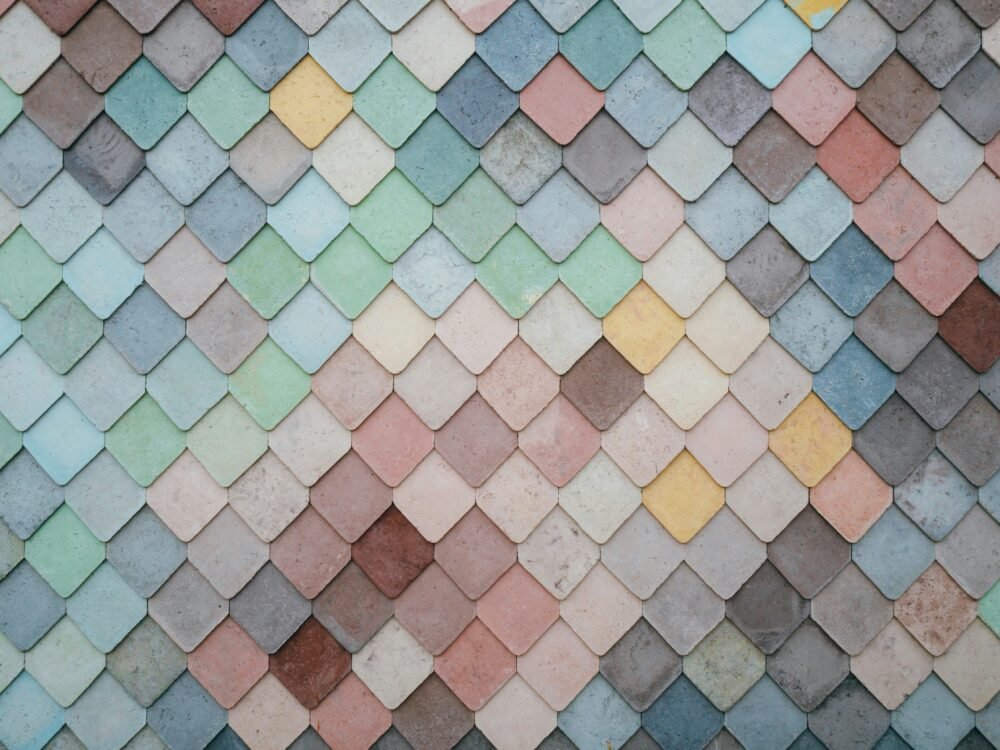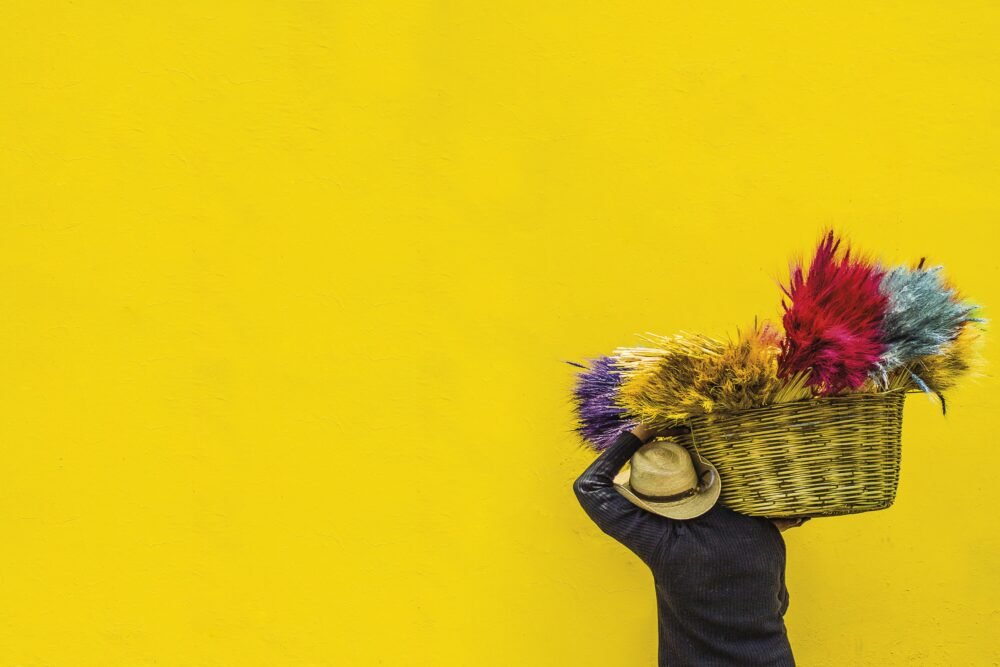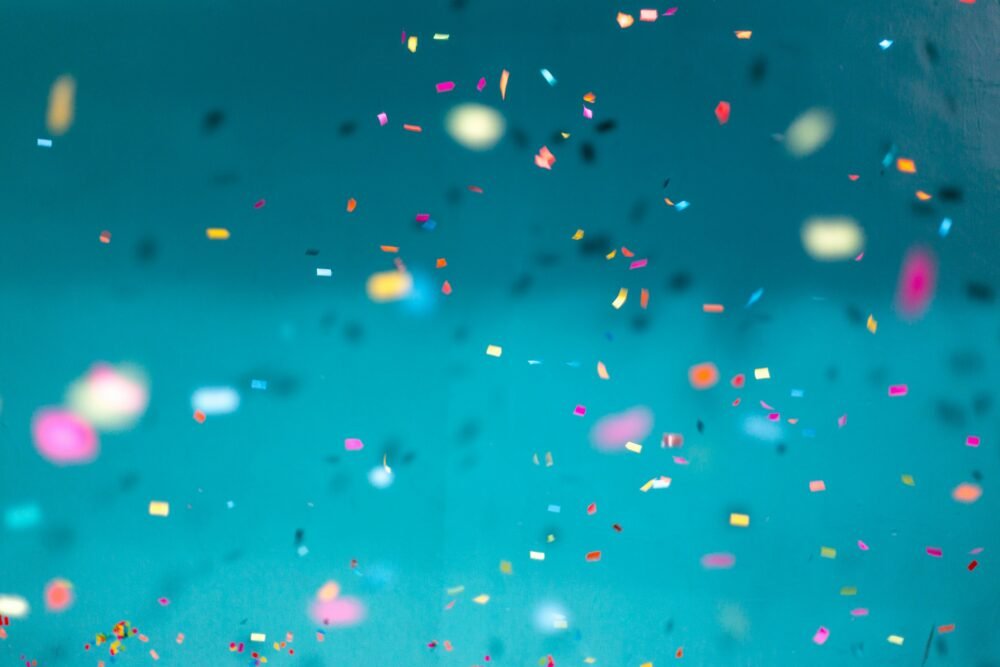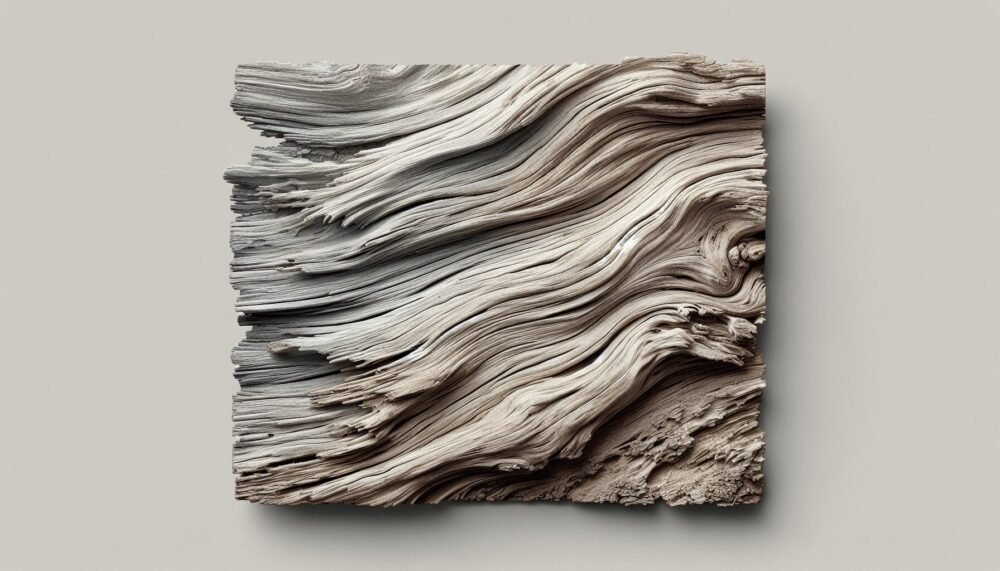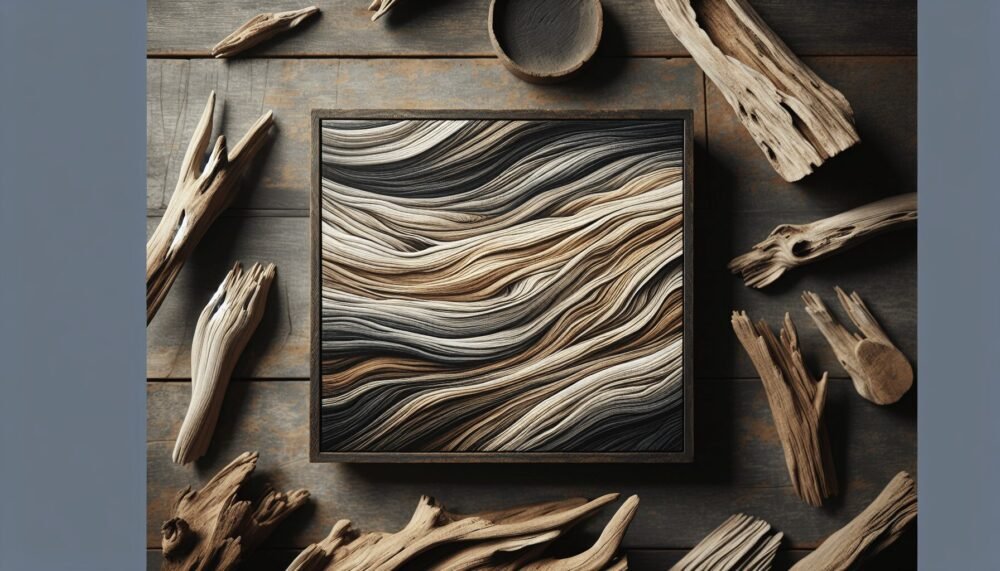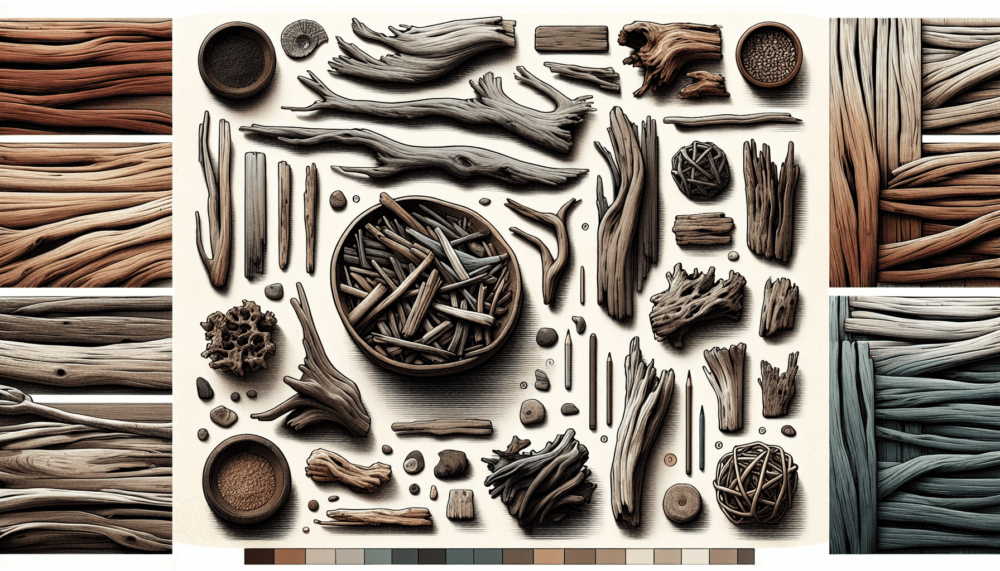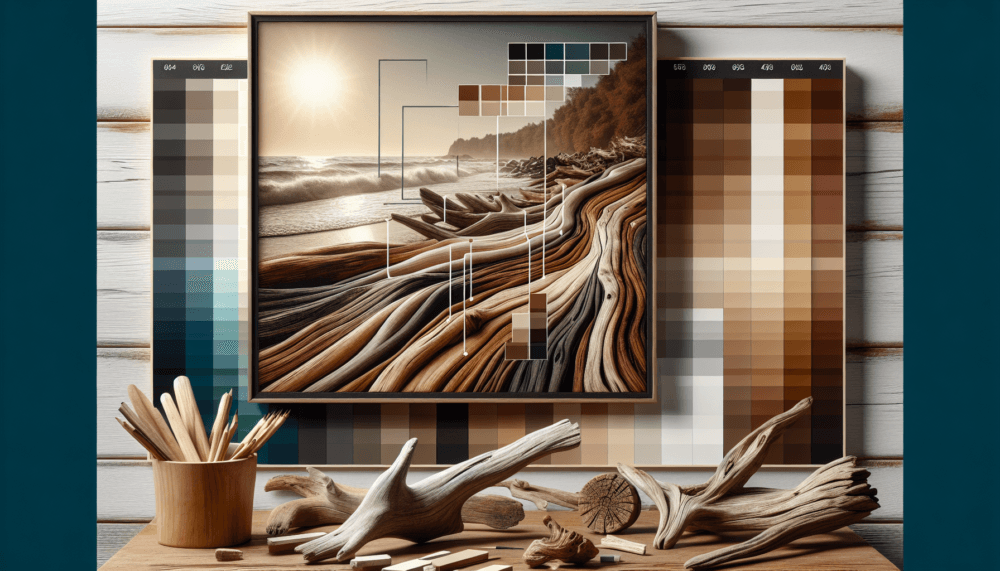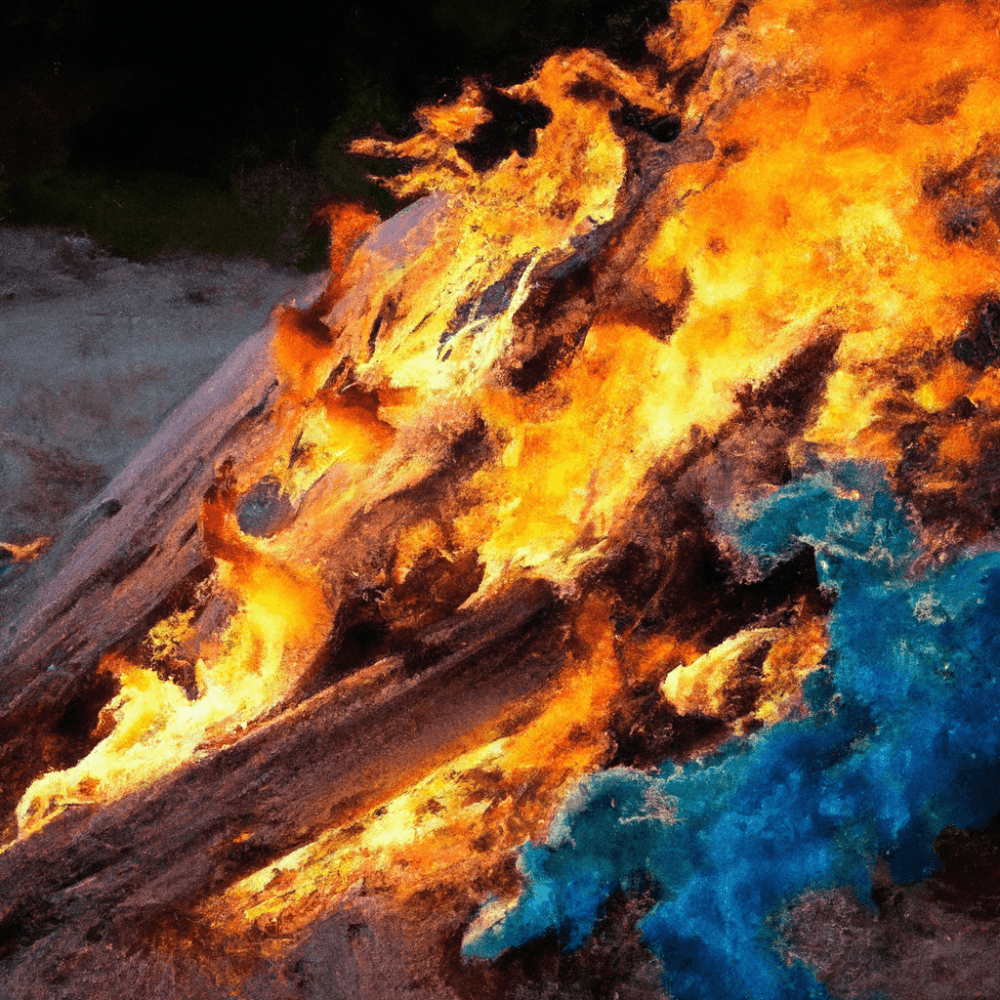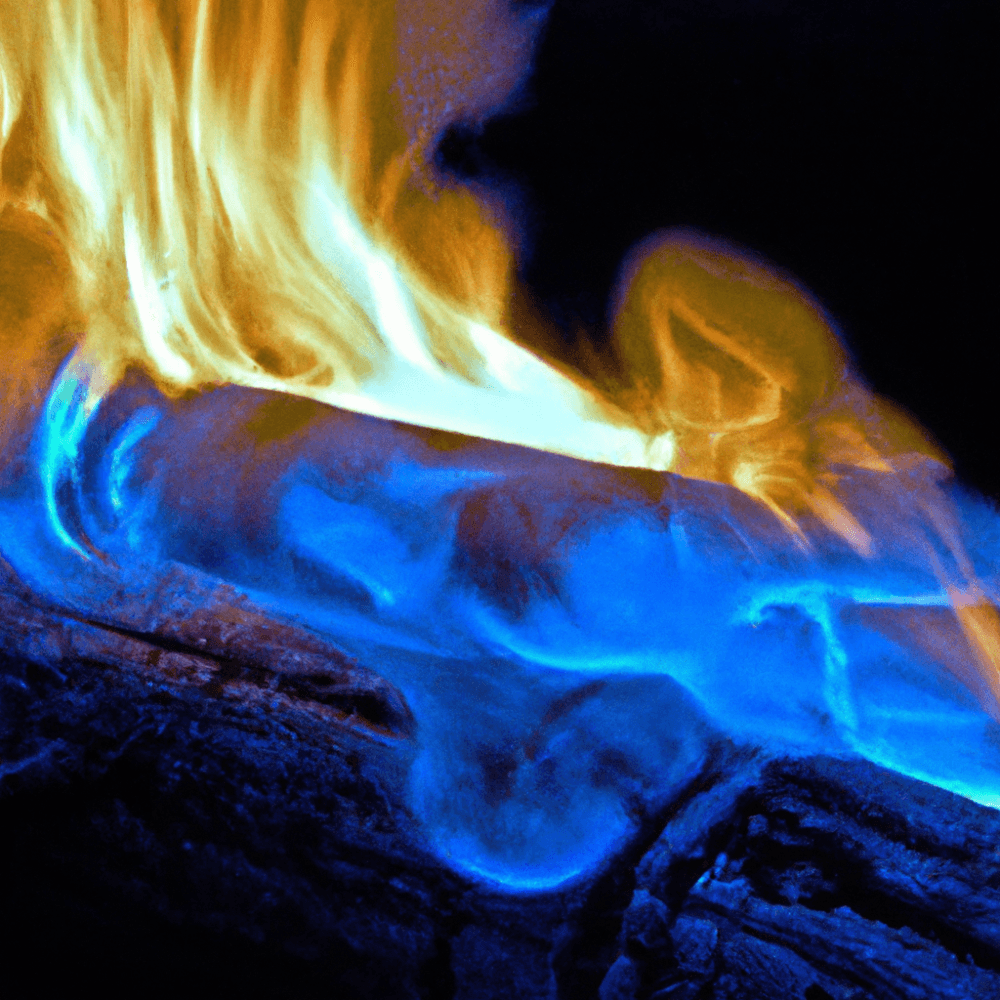You’re about to discover the timeless appeal of Driftwood by Benjamin Moore, a versatile and elegant paint shade that effortlessly brings a cozy, coastal vibe to any space. Whether you’re sprucing up your living room, refreshing your bedroom, or reimagining your kitchen cabinets, Driftwood’s subtle blend of gray and beige provides the perfect neutral backdrop. This shade harmonizes beautifully with natural elements and bold accents alike, ensuring your home remains warm and inviting. Dive into the world of Driftwood by Benjamin Moore, and watch as your spaces transform with an effortless touch of sophistication. Have you ever stood in a room and felt the need for a color transformation, something that brings a balance of sophistication and tranquility? Choosing the right paint color can be daunting, and you are certainly not alone in this quest. There are so many options out there, but you might find your match with Driftwood by Benjamin Moore. It’s a hue that has captured the attention of homeowners, interior designers, and DIY enthusiasts alike. Let’s dive into the world of Driftwood Benjamin Moore—a harmonious blend that could be exactly what your space needs.
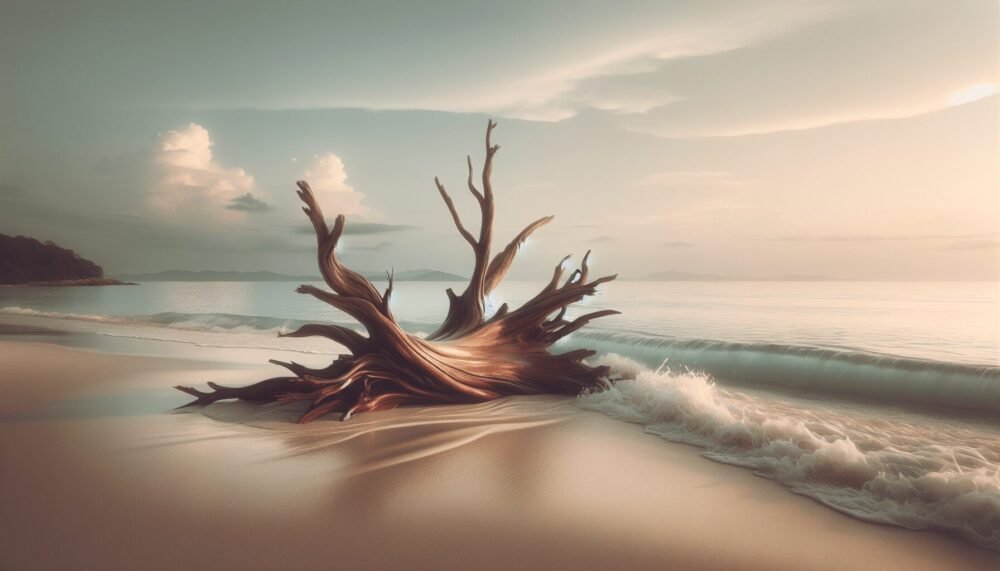
What Is Driftwood Benjamin Moore?
Driftwood by Benjamin Moore is a paint color that has been gaining popularity due to its versatility and unique shade. This soft, neutral color belongs to the beige and gray family, often referred to as “greige.” It offers a perfect balance between warm beige and cool gray, making it a sophisticated and adaptable choice for your home.
The Color Composition
Driftwood has a unique undertone that can adapt to various lighting conditions, enhancing its flexibility in different rooms. Its RGB (Red, Green, Blue) values are 198, 190, and 176, respectively, and it has a LRV (Light Reflectance Value) of 42.99. The LRV signifies how much light a color reflects; the higher the number, the lighter the color.
| Component | Value |
|---|---|
| Red | 198 |
| Green | 190 |
| Blue | 176 |
| LRV | 42.99 |
Driftwood’s understated elegance makes it a great backdrop for various design elements, whether you prefer modern minimalism or cozy, traditional decor.
Why Choose Driftwood Benjamin Moore?
When selecting a paint color, you’re making a decision that will set the tone for your space, influence your mood, and complement your decor. Let’s explore why Driftwood Benjamin Moore could be the perfect choice for your next project.
Versatility
One of the strongest attributes of Driftwood is its versatility. This color can seamlessly fit into various spaces, whether it’s a living room, bedroom, kitchen, or bathroom. Its neutral tone makes it compatible with an array of color palettes and decor styles.
Mood Enhancement
Colors can significantly impact how you feel in a room. Driftwood’s balanced tones can create a calming and relaxing environment, making your home a sanctuary. Imagine winding down after a long day in a Driftwood-painted room—it’s like being cradled by the gentle hues of nature.
Timeless Elegance
Trends come and go, but neutral colors like Driftwood have a timeless appeal. Choosing this shade ensures that your space remains stylish and inviting for years to come.
Ideal Pairings
To create a cohesive and visually appealing space, it’s vital to consider complementary colors and design elements. Driftwood pairs wonderfully with a range of colors and materials.
Color Coordinations
Driftwood can be paired with both warm and cool colors to create a harmonious look. Here are some excellent options:
- White: Creates a crisp, clean contrast.
- Soft Blues: Adds a serene touch.
- Dark Browns: Provides depth and richness.
- Greens: Brings in a natural, outdoor feel.
Material Pairings
Driftwood’s neutral palette makes it suitable for a variety of materials:
- Wood: Both light and dark woods bring out different facets of Driftwood.
- Metal: Brushed nickel or brass fixtures look striking against Driftwood walls.
- Fabric: Soft linens and velvets in complementary colors boost the room’s coziness.
| Material | Effect |
|---|---|
| Wood | Enhances warmth and natural feel |
| Metal | Adds contrast and modern touch |
| Fabric | Boosts comfort and coziness |
Application Tips
Getting the best results from Driftwood Benjamin Moore involves some preparation and technique. Here are a few tips to ensure your project turns out beautifully.
Surface Preparation
Before you start painting, ensure your walls are clean and free from any imperfections. Sand rough areas and apply a primer if necessary, especially if you’re covering a dark color or a wall with stains.
Tools and Techniques
Using the right tools can make a significant difference. High-quality brushes and rollers designed for interior painting will give you a smoother finish. For edges and corners, consider using painter’s tape to achieve clean lines.
Multiple Coats
While Driftwood provides excellent coverage, applying at least two coats can enhance its depth and richness. Allow adequate drying time between coats to ensure a flawless finish.
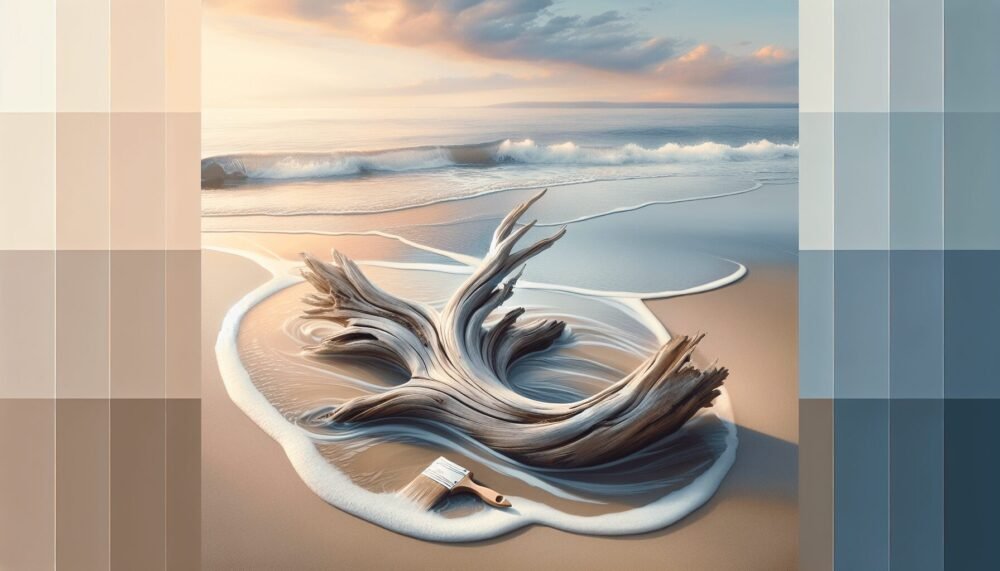
Real-life Examples
Seeing is believing, and there’s nothing like real-life examples to spark your creativity. Let’s look at how Driftwood has been used in various spaces.
Living Room
In a living room, Driftwood can offer a neutral canvas that allows your furniture and accessories to shine. Pair it with a plush, dark sofa and light drapes to create a cozy yet sophisticated ambiance.
Bedroom
For a bedroom, Driftwood brings a sense of tranquility. Complement it with soft bedding in blues or greens, and add wooden nightstands for a touch of nature.
Kitchen
Driftwood in the kitchen can be groundbreaking. It makes cabinets stand out, whether they are white, dark wood, or even a bold color like navy blue.
Bathroom
In the bathroom, Driftwood creates a spa-like atmosphere. Pair it with white tiles and green foliage for a refreshing, clean look.
| Room | Use-Case Example |
|---|---|
| Living Room | Neutral backdrop with plush, dark furniture |
| Bedroom | Tranquil, paired with soft blues and wooden accents |
| Kitchen | Enhances cabinets, works well with navy and white |
| Bathroom | Spa-like atmosphere with white tiles and green foliage |
Comparisons with Other Neutrals
While Driftwood stands out, comparing it with other popular neutral shades can help you decide if it’s the right choice for you.
Driftwood vs. Revere Pewter
Revere Pewter by Benjamin Moore is another popular greige. It’s slightly darker and cooler than Driftwood, offering a more pronounced gray tone. Driftwood, on the other hand, provides a warmer feel.
| Feature | Driftwood | Revere Pewter |
|---|---|---|
| Undertone | Warmer | Cooler |
| LRV | 42.99 | 55.05 |
| Suitable Rooms | Versatile, cozy spaces | Modern, sleek areas |
Driftwood vs. Edgecomb Gray
Edgecomb Gray is lighter and airier compared to Driftwood. It has a higher LRV (63.09), making it a better option if you want a brighter, more open feel.
| Feature | Driftwood | Edgecomb Gray |
|---|---|---|
| Undertone | Balanced warm and cool | Slightly warm |
| LRV | 42.99 | 63.09 |
| Suitable Rooms | Cozy, sophisticated areas | Airy, spacious rooms |
Customer Reviews
When considering a new paint color, it’s always a good idea to hear from others who have used it. Here are some insights from people who have embraced Driftwood in their homes.
Positive Feedback
Many customers rave about Driftwood’s versatility and timeless appeal. They appreciate how it complements various decor styles and brings a sense of calm to their spaces.
Constructive Criticism
A few users noted that lighting conditions significantly impact how Driftwood appears. It’s essential to test the paint in your home’s lighting before committing to ensure it meets your expectations.
User Tips
- Use larger paint swatches to see how Driftwood looks in different rooms.
- Combine it with white trim for a crisp, clean look.
- Experiment with accent colors to create your desired mood.
Environmental Impact
Benjamin Moore is committed to sustainability, and Driftwood is no exception. The company offers paint options with low VOC (Volatile Organic Compounds), ensuring a healthier environment for your family and the planet.
VOC Levels
Low VOC paints release fewer harmful chemicals into the air, making them a better choice for indoor air quality. Benjamin Moore’s eco-friendly paints, including Driftwood, meet stringent environmental standards.
Sustainable Practices
Benjamin Moore engages in sustainable practices, from sourcing raw materials to manufacturing processes. By choosing their paints, you’re not only enhancing your home but also contributing to environmental preservation.
Final Thoughts
Driftwood Benjamin Moore is more than just a paint color; it’s a versatile, timeless choice that can transform any space into a sophisticated sanctuary. Whether you’re revamping your living room, bedroom, kitchen, or bathroom, Driftwood offers a balanced, elegant backdrop that enhances your decor and elevates your mood.
So, are you ready to give Driftwood a try? With its unique blend of warm and cool undertones, this color promises to bring a sense of balance and tranquility to your home. Experiment with different pairings and see how Driftwood by Benjamin Moore could be the perfect fit for your space. Happy painting!
